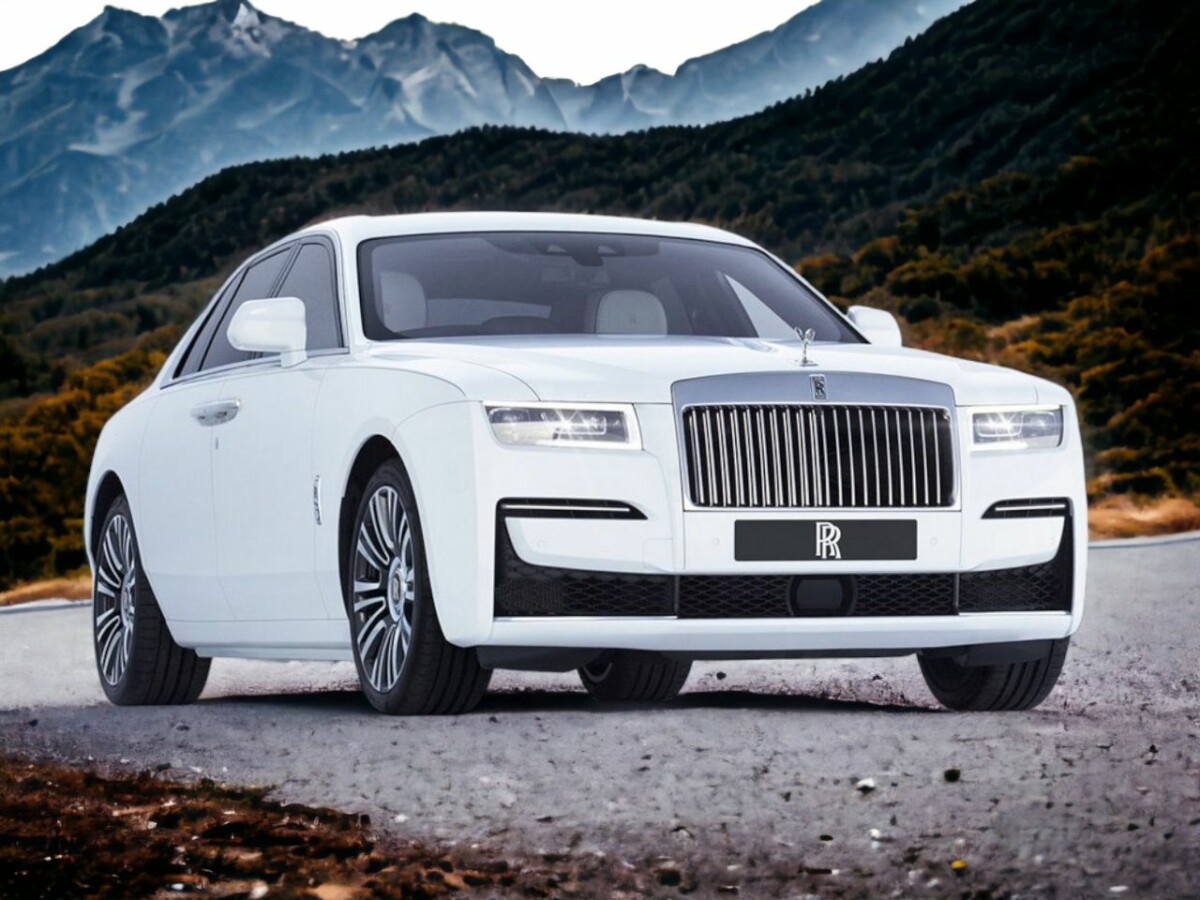Ever found yourself in a sticky situation where your car’s battery has given up on life and to top it all off, your jumper cables decide to put on a smoke show? Yeah, that’s no fun and definitely not an isolated incident. This guide has got your back, explaining the ins and outs of what’s going on and how to avoid this car drama in the future.
We’re going to dive into the world of short circuits, wonky connections, and those cheap cables you bought on a whim which cause an overkill of current flow. You’ll get the lowdown on the right way to connect those life-saving cables and why it’s crucial to use the correct thickness of wire.
Let’s make sure your roadside rescue mission doesn’t morph into a dangerous situation. Trust me, we’ve all been there, but with a bit of knowledge, you can avoid this in the future.
Understanding the Causes of Jumper Cables Melting
There’s a bunch of reasons why your jumper cables might start acting like a chimney, belching smoke and melting. It could be anything from an overzealous current flow to subpar cables that just can’t hack it. If you want to save your cables from a meltdown, you’ve got to nail the connection process. Go positive first, then hook up the negative and make sure they’re snug as a bug. Get it wrong and you’re inviting a heatwave.
Picking out the right cables is key, too. You need cables that are beefy enough to take whatever your battery dishes out. Skimp on thickness and you’re asking for a meltdown. If you see smoke, hit the brakes on whatever you’re doing. It’s a major red flag and might mean your battery or electrical system has a short.
Before you even think about using your cables, give them a once-over for any damage. It’s an easy-peasy step but could save you a whole lot of headache down the road.
The Correct Way to Connect Jumper Cables

Jump-starting a car might seem like a piece of cake, but messing up the jumper cables could literally melt your plans, so let’s get it right.
First up, you gotta make sure your jumper cables aren’t on their last legs. Regular check-ups for any visible damage and making sure they’re heavy gauge (that’s tech talk for ‘thick’) can save you from the drama of an overheating cable.
Now, let’s get down to the nitty-gritty. You’d think it wouldn’t matter which end you hook up first, but it does. Start with the positive (that’s the red one) on the dead battery and then attach the negative (the black one) to the engine block. Why, you ask? This simple order of business can save you from the fright of unwanted sparks.
Remember, reversing the polarity isn’t just a Star Trek thing – it’s a serious no-go in the car world too. It can cause a surge of current and overheat the cables.
When you’re done, disconnect the cables in reverse order – black before red.
These steps might seem basic, but trust me, they can save you from the horror of melted jumper cables. So, don’t just wing it – do it right!
The Impact of Using Low-Quality Jumper Cables

When it comes to taking care of your car, skimping on quality for jumper cables can have you in a real pickle, and I’m talking literal smoke and fire, not just a metaphorical mess. These bad boys can get too hot to handle and even melt if there’s too much current running through them, a situation that’s way more likely with thin, shoddy cables.
You’ve got to be serious about your safety game when using jumper cables. Make sure you’re hooking them up the right way: positive to positive, negative to a solid ground. And don’t forget to reverse that order when you’re done. If you start seeing smoke, that’s a big red flag. You’ve probably got a short circuit or mixed up your connections.
It’s not just about using the cables right, though. You’ve got to keep them in good shape too. Regular check-ups are crucial. Keep an eye out for any damage and make sure they’re beefy enough to handle your vehicle’s electrical current intensity.
At the end of the day, remember this: quality trumps cost. Trust me, spending a few extra bucks on a good set of cables beats dealing with a full-blown meltdown.
Recognizing the Signs of an Overheating Jumper Cable

Alright, you’re clued in on the risks of shoddy cables, but it’s also key to know how to spot the signs of a jumper cable getting too hot before it’s game over. Being able to identify the telltale signs and stop your jumper cable from overheating is absolutely vital.
Here’s a quick rundown of four things you need to keep an eye out for:
- Weird heat vibes: If the cables feel hotter than they should, particularly before you’ve even tried to jump-start the car, they might be on the verge of overheating.
- Smoke or a scent of something burning: This is a massive red flag. Unplug those bad boys right away to steer clear of any bigger issues.
- Melting or warping: If you can see the cable insulation starting to melt or change shape, it’s definitely too hot.
- Sparks: A few sparks are normal, but if it looks like a mini fireworks show, you might’ve a problem on your hands.
Dealing with jumper cable hiccups ASAP can save you from some seriously sketchy situations.
Safe Practices for Connecting and Disconnecting Jumper Cables

Listen up, it’s super important to understand how to correctly hook up and take off those jumper cables to avoid any scary scenarios like your cables melting. The trick to staying out of trouble when using these babies starts with picking the right cables – go for the heavy-gauge ones.
First, you’ve got to attach the positive end to the positive terminal of your drained battery; then, connect the negative end to a good ground. But hey, if things start getting smoky, you need to move fast and take those cables off, starting with the negative one.
Mixing up the polarity can cause things to heat up in a bad way, so always double-check your connections. Once you’re done, don’t forget to look after your cables and put them away properly.
Loose or crappy connections can lead to overheating, so make a habit of giving your cables a once-over for any damage. Stick to these safety tips, and you’ll significantly dial down the risk of your jumper cables turning into a melted mess, and you’ll be the go-to guru for safe car jump-starts.
Unraveling the Mystery: Why Jumper Cables Melt and How to Prevent It

Alright, let’s get to the bottom of this whole “melting jumper cables” debacle. It’s happened to so many of us, but hey, no need to panic. The whole scenario of jumper cables melting can definitely be put on a leash with a bit of knowledge and the right approach.
First off, let’s clear some confusion related to fuel. Many times, people confuse unleaded gas with regular gas, not realizing they’re actually the same. Bet you didn’t see that coming. Check out unleaded gas vs regular gas for more insight—you’ll find it super helpful to understand the basics.
But, hold up! The source of the problem could also lie with your vehicle. Just like humans, not all cars are created equal. Let’s take, for instance, a Prius. These bad boys are freaking powerhouse machines that can seriously clock up those miles. To figure out if you’re riding one that’s getting a tad bit too old, check this out: how many miles a Prius can last. It ain’t just about engine power, it’s about longevity, my friend.
On the flip side, you might own a Kia, and we sometimes underestimate these because they’re pretty low-cost. You might be into thinking “why are Kias so cheap?” Well, this might actually be the gem you didn’t realize you had. Their interesting pricing strategy and why they’re surprisingly reliable despite being budget-friendly, visit the why are Kias cheap section.
In the end, the solution to your jumper cables melting may not just be a one-size-fits-all kind of deal. It could be due to something as simple as unleaded vs regular gas confusion, a wear-and-tear issue with your sturdy Prius, or misconceptions about your Kia. Just remember, knowledge is power. The more you know, the better equipped you’ll be to handle whatever your ride throws at you. Later!

